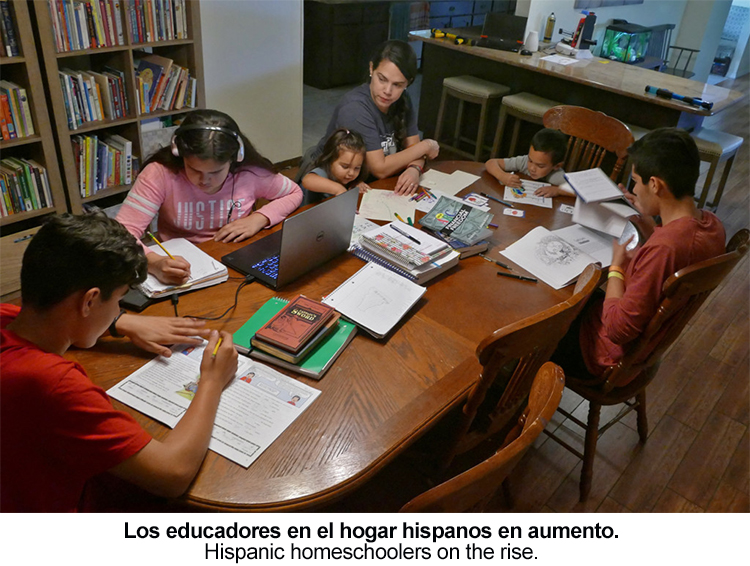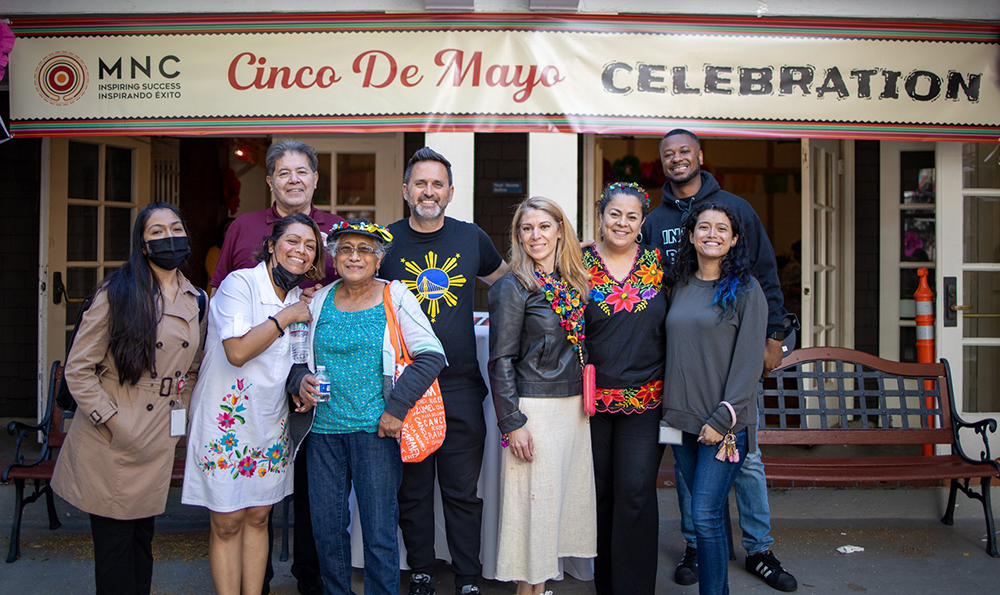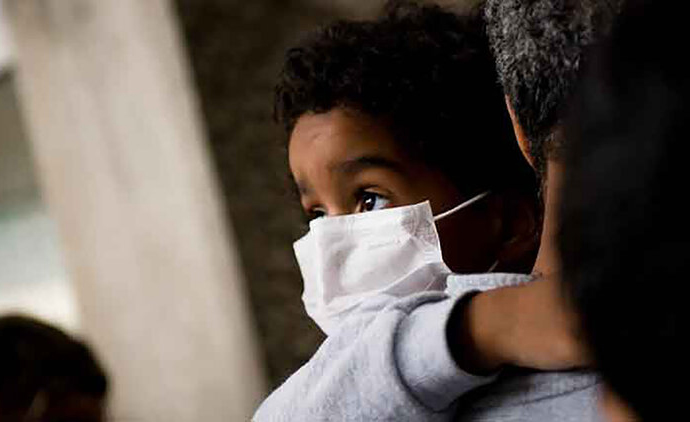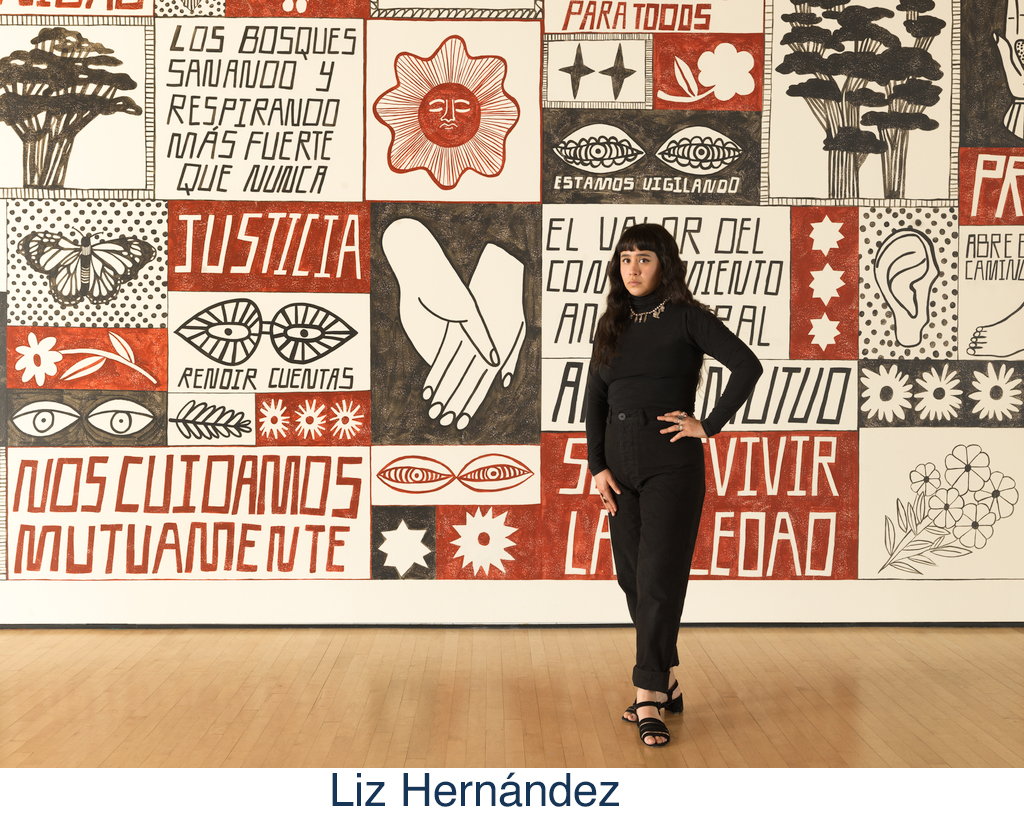NOTICE IS HEREBY GIVEN that the Statewide Direct Primary Election will be held in San Mateo County on the 7th day of June 2022 and the polls will be open from 9:00 AM to 5:00 PM beginning on the 9th of May and until June 6, 2022 and from 7:00 AM to 8:00 PM on Election Day June 7, 2022 and during said hours, said election will be held at Voting Centers legally appointed in the County.
LOCATION NAME
LOCATION
ENCLOSURES
29-Day Vote Centers: Open Weekdays, May 9-June 7; Weekends/Holiday, May 28-30, June 4-5
Registration & Elections Division
40 Tower Road, San Mateo, CA 94402
Everyone
Assessor-County Clerk-Recorder
555 County Center, Redwood City, CA 94063
Everyone
Main Library
840 West Orange Avenue, South San Francisco, CA 94080
Everyone
11-Day Vote Centers: Open Every Day, Including Weekends and Holidays, from May 28 to June 7
City Hall, Conference Room
501 Primrose Rd, Burlingame, CA 94010
Everyone
Pacelli Event Center, Gymnasium
145 Lake Merced Boulevard, Daly City, CA 94015
Everyone
Lewis and Joan Platt East Palo Alto Family YMCA, Gymnasium
550 Bell St, East Palo Alto, CA 94303
Everyone
Emergency Operations Center (EOC)
537 Kelly Avenue, Half Moon Bay, CA 94019
Everyone
St. Peter Parish, Gymnasium
700 Oddstad Boulevard, Pacifica, CA 94044
Everyone
San Carlos Library, Community Room
610 Elm Street, San Carlos, CA 94070
Everyone
4-Day Vote Centers: Open Every Day June 4-7
Menlo College, El Camino Hall
1000 El Camino Real Atherton, CA 94027
Everyone
Notre Dame de Namur University, Taube Center
1500 Ralston Avenue, Belmont, CA 94002
Everyone
City Hall, Council Chambers
50 Park Place, Brisbane, CA 94005
Everyone
McKinley Elementary School, Multi-Purpose Room
701 Paloma Ave, Burlingame, CA 94010
Everyone
Colma Town Hall, Council Chambers
1198 El Camino Real, Colma, CA 94014
Everyone
Bayshore Community Center, Gymnasium
450 Martin St, Daly City, CA 94014
Everyone
Holy Child & St. Martin Episcopal Church, Hall
777 Southgate Ave, Daly City, CA 94015
Everyone
Lincoln Park Community Center
901 Brunswick Street, Daly City, CA 94014
Everyone
War Memorial Community Center, Upper Gymnasium
6655 Mission Street, Daly City, CA 94014
Everyone
East Palo Alto Academy, Gymnasium
1050 Myrtle St, East Palo Alto, CA 94303
Everyone
Foster City Community Center, Wind Room
1000 E Hillsdale Blvd, Foster City, CA 94404
Everyone
William E. Walker Recreation Center – Art Gallery
650 Shell Boulevard, Foster City, CA 94404
Everyone
Town Hall, Council Chambers
1600 Floribunda Avenue, Hillsborough, CA 94010
Everyone
Arrillaga Family Recreation Center, Sequoia Room
700 Alma Street, Menlo Park, CA 94025
Everyone
Belle Haven Branch Library
413 Ivy Dr, Menlo Park, CA 94025
Everyone
David J. Chetcuti Community Room
450 Poplar Ave, Millbrae, CA 94030
Everyone
Church of Jesus Christ of Latter-day Saints, Cultural Hall
475 California Ave, Moss Beach, CA 94038
Everyone
Council Chambers
2212 Beach Blvd, Pacifica, CA 94044
Everyone
Town Center, Community Hall
765 Portola Road, Portola Valley, CA 94028
Everyone
City Hall, Council Chambers
1017 Middlefield Road, Redwood City, CA 94063
Everyone
Community Activities Building, Room 1
1400 Roosevelt Ave, Redwood City, CA 94061
Everyone
North Fair Oaks Library
2510 Middlefield Rd, Redwood City, CA 94063
Everyone
San Mateo Office of Education, California Suite
101 Twin Dolphin Drive, Redwood City, CA 94065
Everyone
Woodside Fire Protection District, Station 19, Training Room
4091 Jefferson Ave, Redwood City, CA 94062
Everyone
Belle Air Elementary School, Multi-Purpose Room
450 3rd Ave, San Bruno, CA 94066
Everyone
Courtyard by Marriott, Meeting Room C
1050 Bayhill Drive San Bruno, CA 94066
Everyone
Skyline College, Dance Room (Lot D, Building 3, Room 201)
3300 College Dr, Lot D, San Bruno, CA 94066
Everyone
Laureola Park Community Center
503 Old County Rd, San Carlos, CA 94070
Everyone
City Hall, Conference Room C
330 W 20th Ave, San Mateo, CA 94403
Everyone
Congregational Church of San Mateo, Kloss Hall
225 Tilton Ave, San Mateo, CA 94401
Everyone
Dr. Martin Luther King Jr. Community Center,
Social B Room and Conference Room
725 Mount Diablo Ave, San Mateo, CA 94401
Everyone
Peninsula Ballet Theatre, Lobby
1880 S Grant St, San Mateo, CA 94402
Everyone
San Mateo Main Library, Oak Room 55 West 3rd Avenue, San Mateo, CA 94402 All
Alice Peña Bulos Community Center (formerly Westborough Rec Building), Multi-Purpose Hall 2380 Galway Dr, South San Francisco, CA 94080 All
Municipal Services Building, Atrium 33 Arroyo Dr, South San Francisco, CA 94080 All
Woodside Village Church, Main Sanctuary Narthex 3154 Woodside Road, Woodside, CA 94062 All
C_e_n_t_r_o_s_ _d_e_ _V_o_t_a_c_i_ón_ _T_e_m_p_o_r_a_l_e_s_ _d_e_ _2_ _Day_s_:_ _d_e_l_ _6_ _a_ _7_ _d_e_ _j_u_n_i_o_
University Circle, Suite 180 1950 University Avenue, Suite 180, East Palo Alto, CA 94303 All
La Honda Fire Brigade, Fire Truck Bay 8945 La Honda Road, La Honda, CA 94020 All
La Honda-Pescadero Unified School District, District Office Board Room 360 Butane Cutoff, Pescadero, CA 94060 All
In accordance with Section 4005(4)(A) of the California Elections Code, beginning 10 days before the day of the election and continuing daily up to and including the fourth day before the election, for a minimum of eight hours per day, at least one vote center is provided for every 50,000 registered voters within the jurisdiction where the election is held, as determined on the 88th day before Election Day. For more information please visit our website at www.smcacre.org or call (650) 312-5222.By order of the Chief Elections Officer and Assessor-Clerk-Recorder of the County of San Mateo, State of California.
May 27, 2022 Mark Church Chief Elections Officer and Assessor-County Clerk-Recorder.
In accordance with Section 4005(4)(A) of the California Elections Code, beginning 10 days before the day of the election and continuing daily up to and including the fourth day before the election, for a minimum of eight hours per day, at least one vote center is provided for every 50,000 registered voters within the jurisdiction where the election is held, as determined on the 88th day before Election Day. For more information please visit our website at www.smcacre.org or call (650) 312-5222.
By order of the Chief Elections Officer and Assessor- Clerk-Recorder of the County of San Mateo, State of California.
May 27, 2022
Mark Church Chief Elections Officer and Assessor-County Clerk-Recorder
CNSB #3586718









